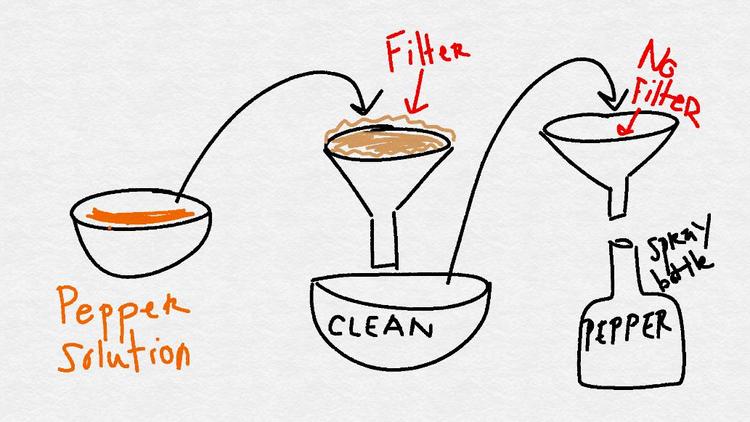| Complexity level: | 4 |
| Time required: | Half hour to set up on two subsequent days. 10 - 15 minutes checking the plants every 3 days for 2 weeks. This experiment is best performed during spring or summer, when bugs and other pests are more likely to be found. |
| Material availability: | Everything you need for this science fair project will be available at a big-box retailer or large hardware store, as well as a grocery store. |
| Safety concerns: | General safety rules apply. You should take care with the hot water and chili peppers; protective gloves are recommended. An adult should be enlisted to assist you. |
Hypothesis
Overview
Scientific Terms
Materials
Procedure



References
Related videos
Hey there! Here are some awesome videos about this science project that we think you'll really like. They're not only super fun, but they'll also help you learn more about the science behind the project. So sit back, relax, and get ready to have some fun!!




